Your Cart is Empty
Free Shipping over $150 (Excludes Oversized Products)
Free Shipping over $150 (Excludes Oversized Products)
Sanding Belts
Sanding Discs

The Most Popular Knife Blade Coatings
by David Kranker 5 min read

Quick Summary
The coating you apply to your knives will make a difference in how it looks and can even make a positive difference in the working lifespan of the blade. Popular knife blade coatings include gun blue, coated finish, teflon black nonstick, titanium nitride, titanium carbon nitride, electroless nickel, hard chrome, hand satin, mirror polish, and stonewashed.
Jump To:
- Why Coat a Knife Blade?
- Gun Blue
- Coated Finish
- Teflon Black Nonstick Coating
- Titanium Nitride Coating
- Titanium Carbon Nitride Coating
- Electroless Nickel Plating
- Hard Chrome
- Hand Satin
- Mirror Polish
- Stonewashed Finish
Knives are utilitarian workpieces. Each one has a specific purpose supported by the shape or style of the blade, or a mechanical feature like the ability to fold it away when needed. There is also an aesthetic component behind knife making, which is why every practitioner aims for the highest levels of craftsmanship and design in their finished blades.
The coating you apply to your knives will make a difference in how it looks and can even make a positive difference in the working lifespan of the blade. In this blog, the team at Red Label Abrasives outlines the most popular blade coatings and which knives they are designed for.
Why Coat a Knife Blade?
Knife blade coatings serve many purposes. As we stated earlier, they increase aesthetic appeal - there’s something about a solid black blade that compels attention, especially from collectors. Other advantages to coating a knife blade include:
- Preventing Corrosion:Rust has been a problem for steel knives since the beginning of their invention. While stainless steel is now available, many knifemakers don’t want to limit themselves to 440C and similar materials. Well-designed coatings can reduce the maintenance time required for carbon steel knives.
- Increasing Scratch Resistance: Coatings like PVD and CVD make blades more scratch resistant. While scratches don’t typically downgrade functionality, they’re unattractive, and aesthetics are a big part about knife ownership.
- Eliminating Shine: For some applications, like hunting or tactical exercises, light reflecting off a blade’s surface can be detrimental. While you can treat it by bead or sand blasting, black surfaces are a preferred treatment.
- Reducing Drag: Many users claim that coating a blade can minimize drag during cutting. Apparently not all coatings have this effect, but it can be an asset for hunters and others who regularly use their blades.
Gun Blue
Probably the oldest steel coating in existence, gun blue is still in use today. The name is derived from the blue-black color gun barrels acquire after going through a treatment that leaves thin, dense layers of magnetite on their surfaces.
While actual gun bluing involves hazardous chemicals, there are several safer treatments that leave a similar look. One of the reasons cold bluing earned its popularity is that it's relatively safe, extremely easy, and cost-effective. You can buy similar solutions at your local gun shop, but bear in mind that these products are meant for carrying out minor touch-ups: you shouldn’t cold blue your whole blade with them.
No matter what bluing process is used, it can only be done on non-stainless steels, and the blade is not completely rust-proof once done, so don’t use it for wet applications. You should also be prepared to oil blue surfaces regularly. On the positive side, bluing is cheap, and a gun blued surface saves a great deal of maintenance time and money.
Coated Finish
Coated finishes, which tend to come in black, gray, and other darker colors, are often associated with knives meant for rugged use. Coatings provide excellent corrosion resistance, as well as reducing wear, tear, and glare.
One caveat to coated finishes is that they can be scratched off just like any utility coating, resulting in an unappealing appearance. Fortunately, they can be recoated to restore their beauty and functionality.
Having a coated knife can significantly extend the life of the blade. Coatings such as DLC (Diamond-Like Carbon) can be costly, but they are well worth the price if you consider that they add more corrosion resistance and reduce the amount of work required to maintain the knives.
Teflon Black Nonstick Coating
This coating, which is engineered to be more durable than what's found on consumer goods, is similar to that on frying pans. It is typically used to prevent buildup from food, adhesives, plastics, and similar materials during use.
Bear in mind, however, that the only FDA-approved coating cures at a high temperature that can affect heat treatment of an industrial knife, so blades meant for food preparation should receive another type of coating.
Titanium Nitride Coating
Also known as TiN coating, this hard ceramic powder is often used as a coating on titanium alloys, steel, carbide, and aluminum parts. Applied as a Physical Vapor Deposition (PVD), TiN is used for hardening and protecting cutting and sliding surfaces as well as providing nontoxic coatings for surgical devices. The coating is applied to industrial knives to reduce friction on the blade surface and to strengthen the cutting edge against premature wear.
Titanium Carbon Nitride Coating
This coating is used in the same applications as TiN coating but it performs better in certain applications due to its higher surface hardness and is commonly used when cutting or forming harder materials. It supports both longer blade life and higher productivity.
Electroless Nickel Plating
This coating is commonly used on industrial blades due to its smooth surface and ability to prevent the buildup of materials. Electroless plating produces an even metal layer regardless of the surface structure, unlike electroplating, which experiences uneven current density. It has many industrial applications, ranging from decorative to wear-resistance and corrosion-prevention. Powders can be suspended in a bath to create composite coatings.
Hard Chrome
Hard chrome plating is one of the most effective and widely used finishing processes. Such plating is usually applied to prevent corrosion and abrasion. Additionally, industrial hard chrome increases the durability of a product because it protects the blade from oxidation while retaining surface hardness.
Hand Satin
A hand satin finish, which provides average corrosion resistance, is achieved by sanding the blade in a single direction with increasing grades of abrasive grit. The goal is to create a surface that is free of reflective glare and suitable for showcasing blade bevels.
Those who make high-end knives tend to use this approach, as the result is compatible with the minimalistic and sleek designs valued by collectors. Another reason why hand satin finish is often seen on luxurious knives is the effort required to create it, which can drive up the price.
Mirror Polish
As the name suggests, a mirror polish is a finish that provides a highly reflective surface and smooth sheen to the knife blade. Applying it requires a lot of skill, and maintaining that flawless polish calls for a similar level of maintenance. Mirror polish is easily scuffed, so you’re more likely to use it on knives made strictly as showpieces.
Stonewashed Finish

A stonewashed finish is a highly variable one where the blade is tumbled in an abrasive material. Despite being fairly sheenless, it hides scratches and dings well. The type of abrasive used, the way it is tumbled, and how the blade is finished beforehand can all determine how the knife looks afterward. Sometimes, knives are acid washed to improve corrosion resistance before being stonewashed.
Do You Have Questions About Knife Making?
The right coating yields a more attractive blade with a longer working life, but you also want to source an abrasive that shapes the best possible blade for your preferred coating treatment. Red Label Abrasives manufactures the knife making kits you need to turn a rough base material into a strong and sharp blade that’s ready for your coating of choice. For more information or help in placing an order, please call 844-824-1956 or fill out our contact form. ABOUT THE AUTHOR
David Kranker is a writer and creative maker who has been covering the abrasive and knife-making industries on the Red Label Abrasives Blog since 2020. David spends his time continually researching sanding and bladesmithing to provide readers with the latest and greatest information. In his free time, David utilizes abrasives for many different home and auto projects at his home in Delton, MI.
Belt Packs Made For Knife Makers
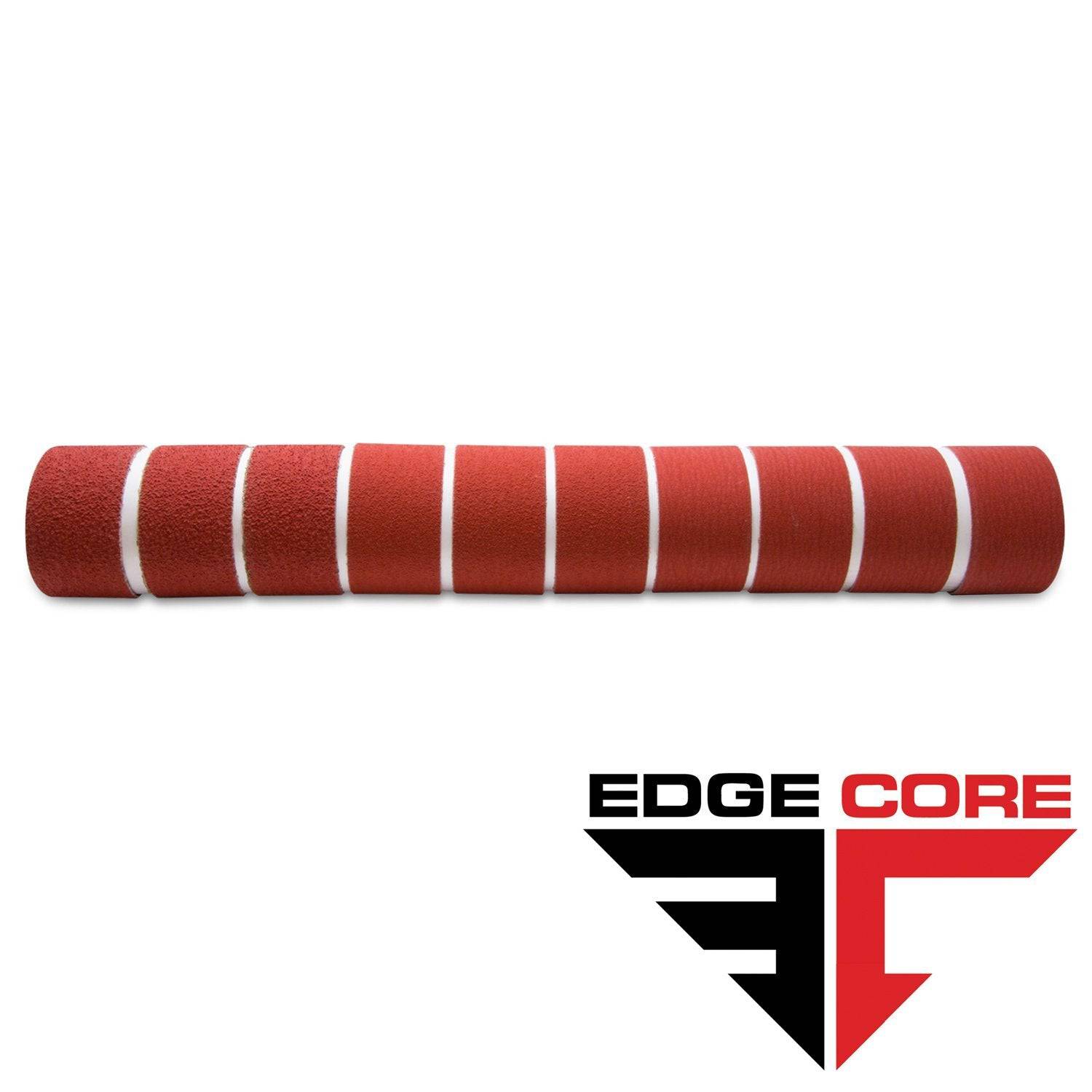
2 X 72 Inch Knife Makers Sanding Belts Assortment
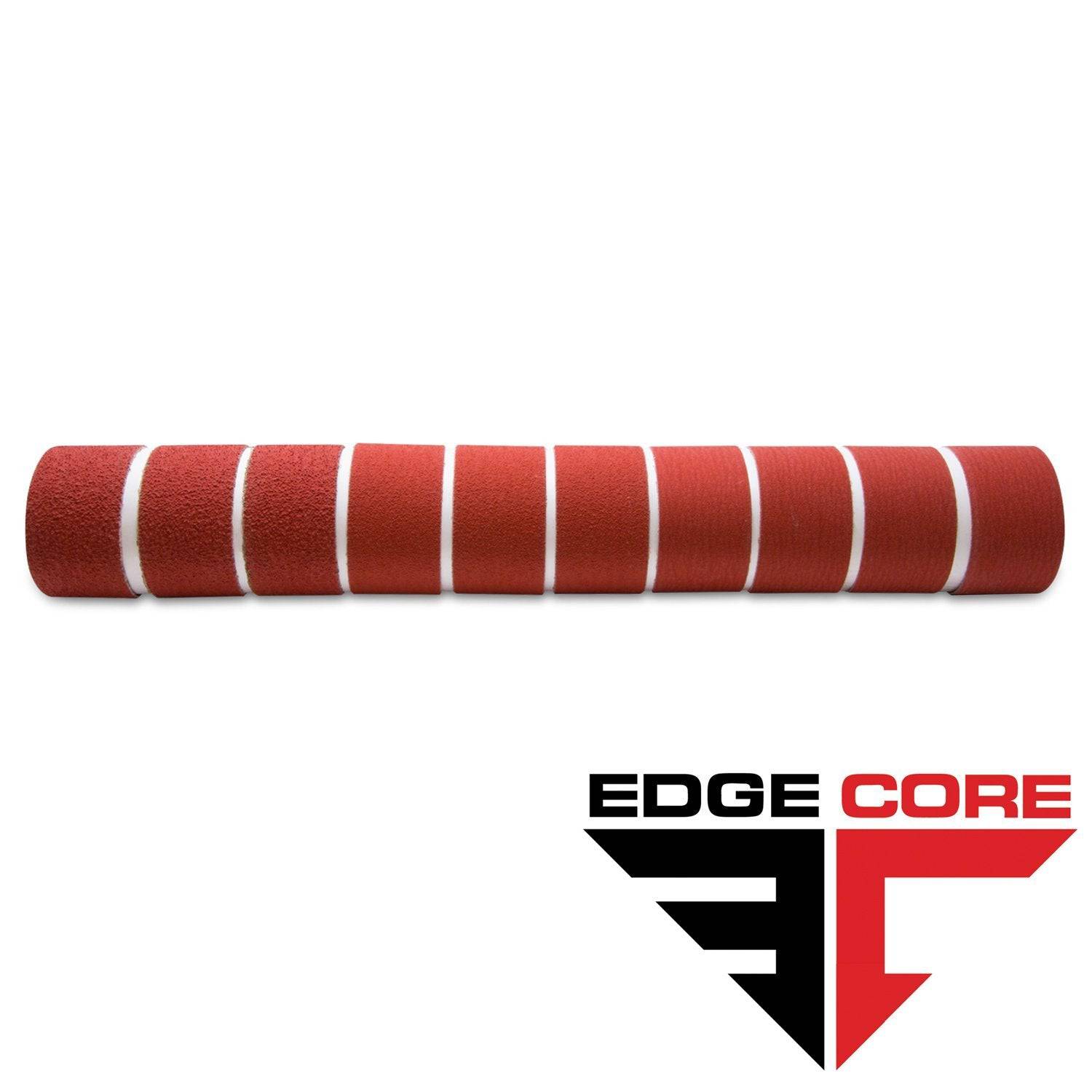
2 X 60 Inch Knife Makers Sanding Belts Assortment
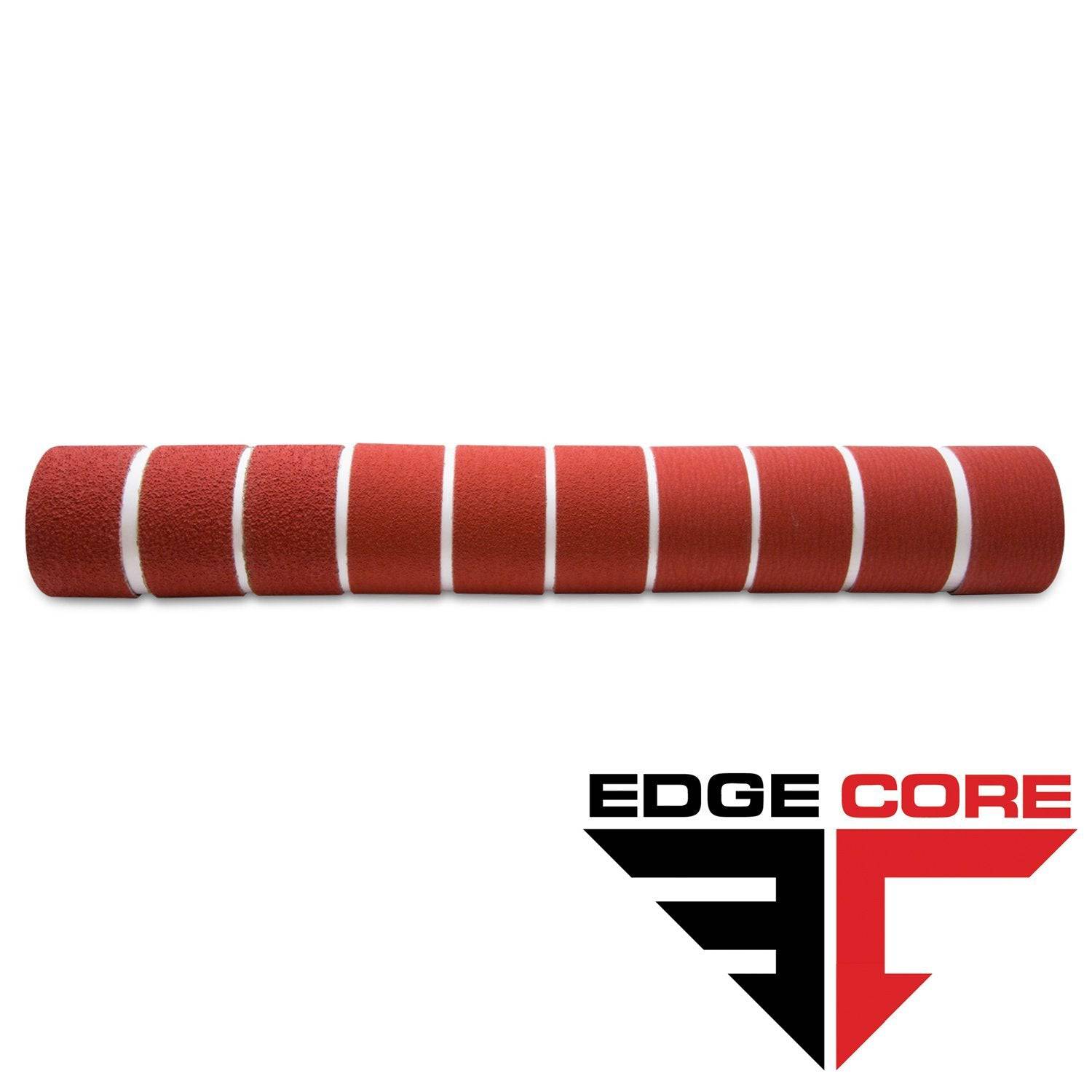
2 X 48 Inch Knife Makers Sanding Belts Assortment
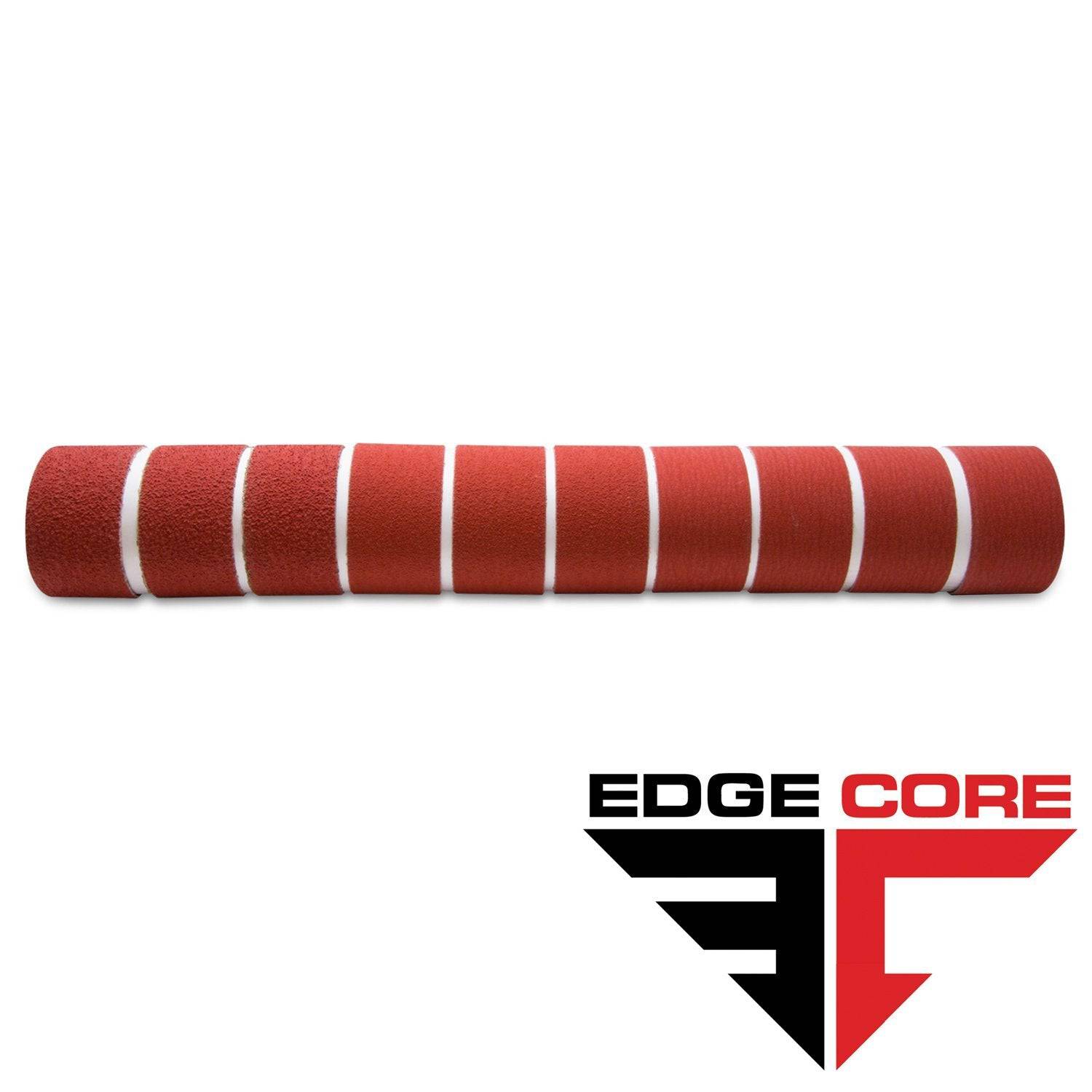
2 X 36 Inch Knife Makers Sanding Belt Assortment
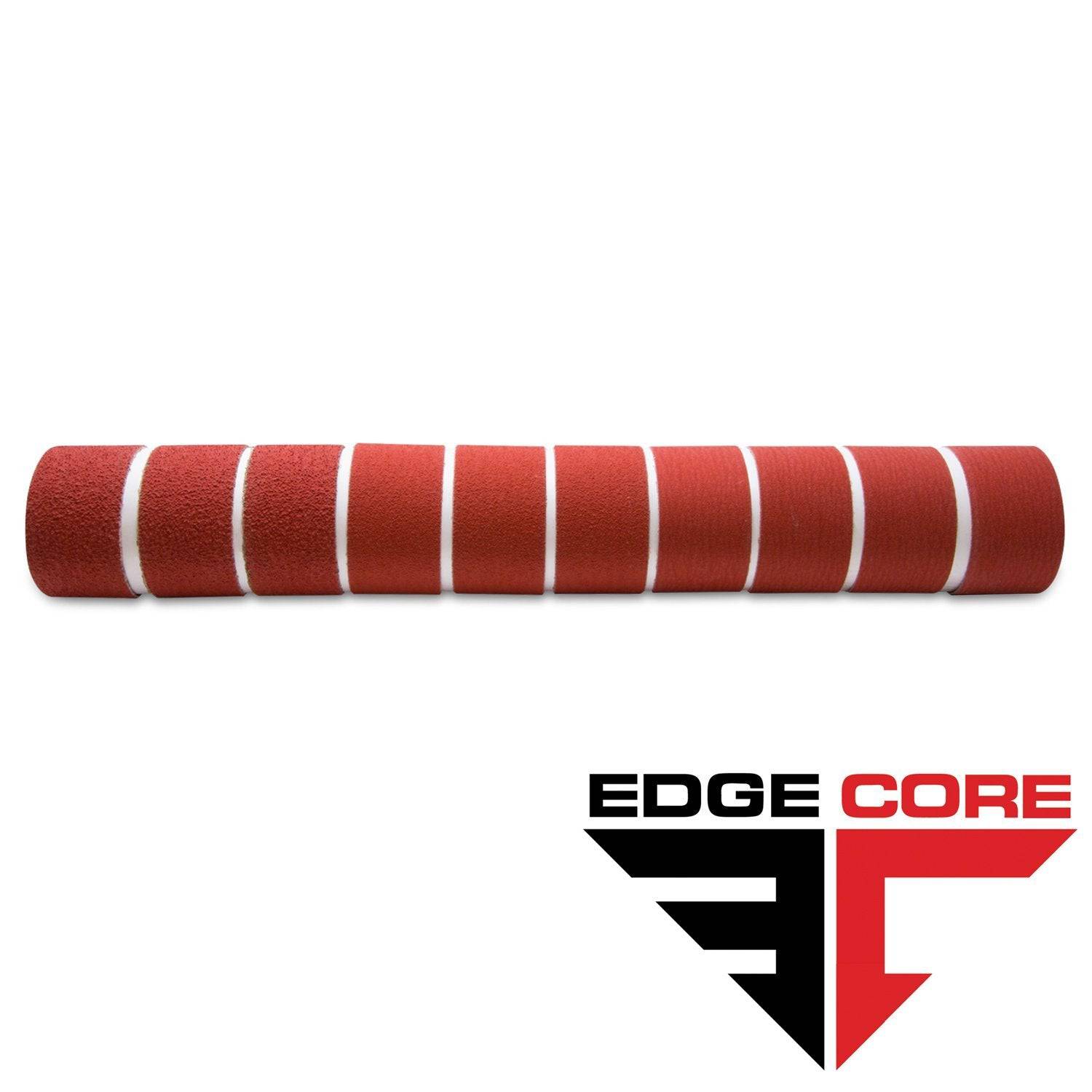
2 X 42 Inch Knife Makers Sanding Belts Assortment
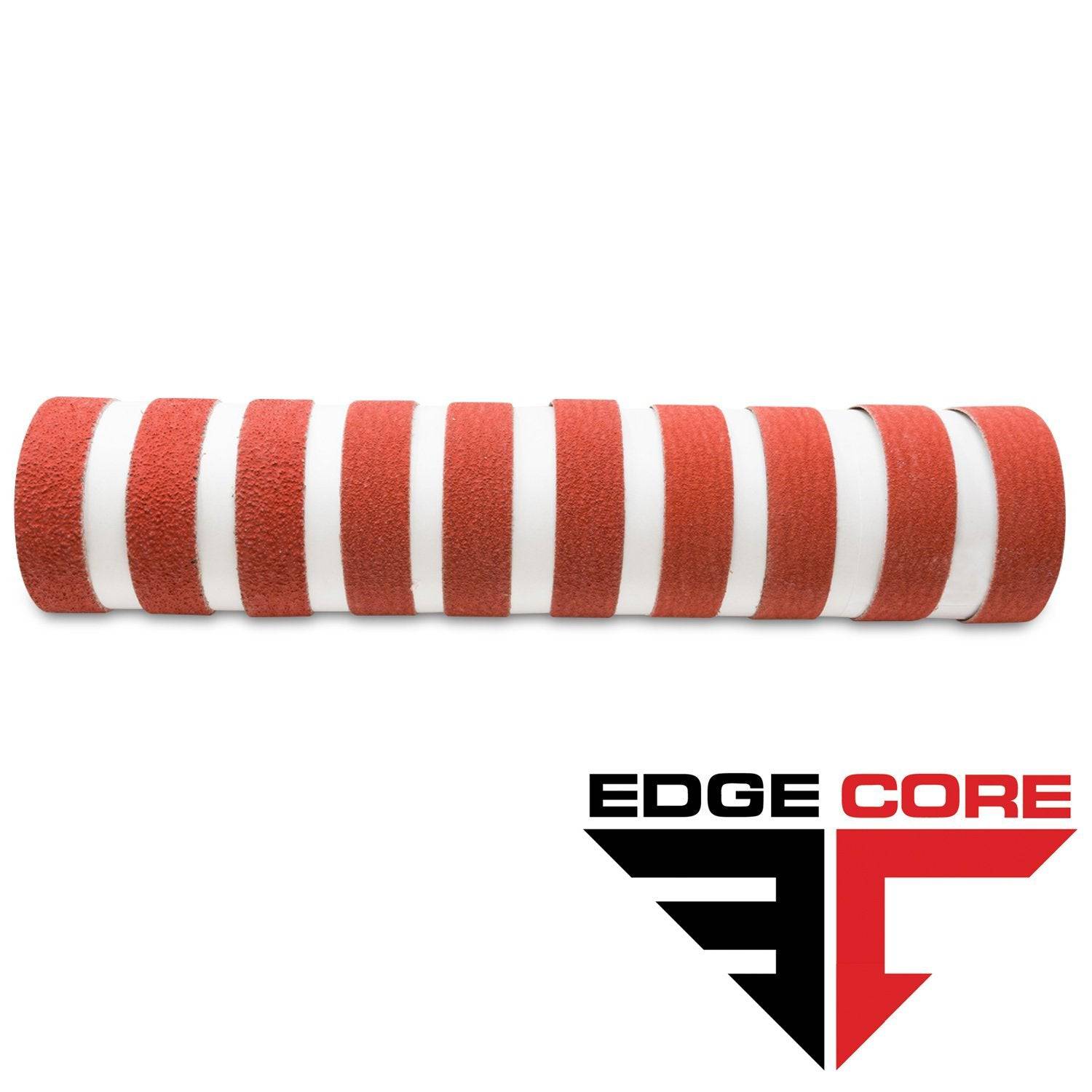
1 X 30 Inch Knife Makers Sanding Belts Assortment
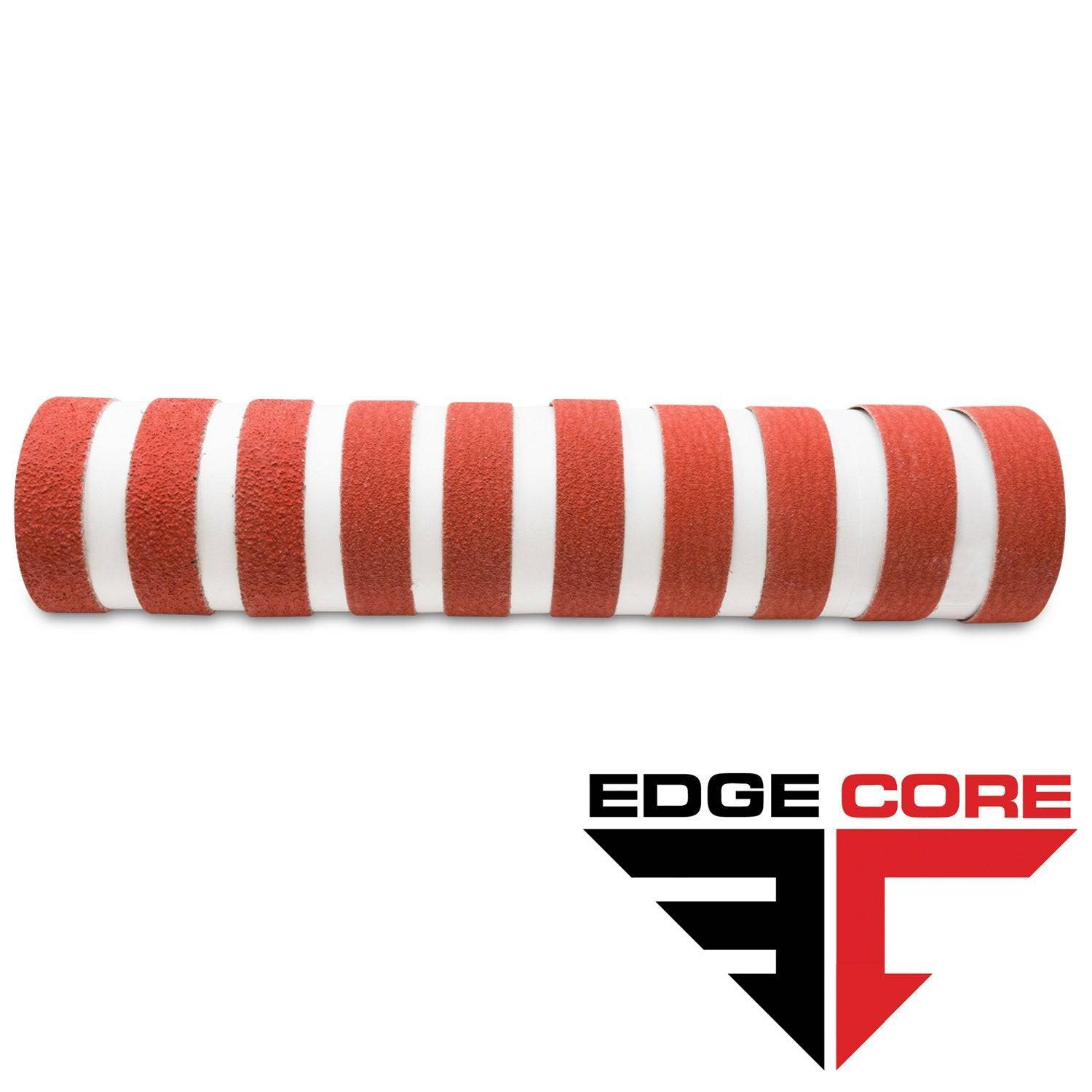
1 x 42 Inch Knife Makers Sanding Belt Assortment
Shop By Product Category





Why Choose Red Label?







